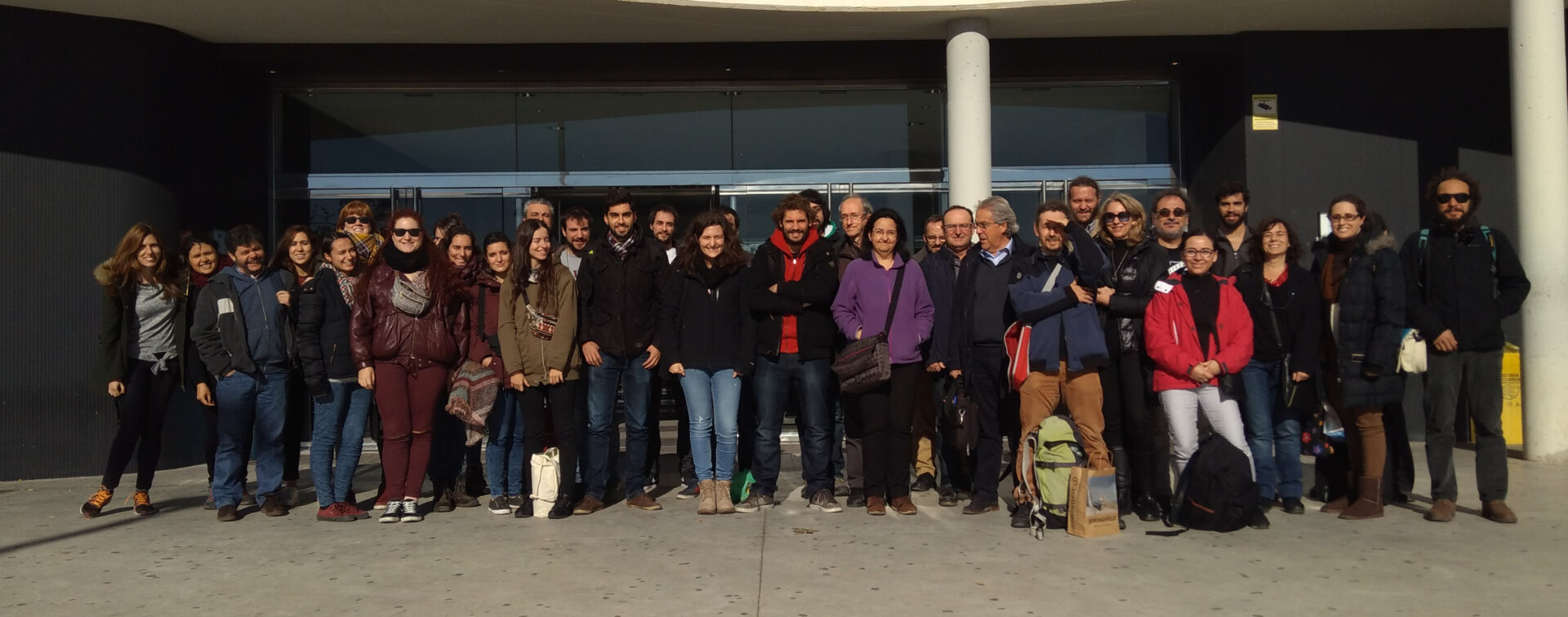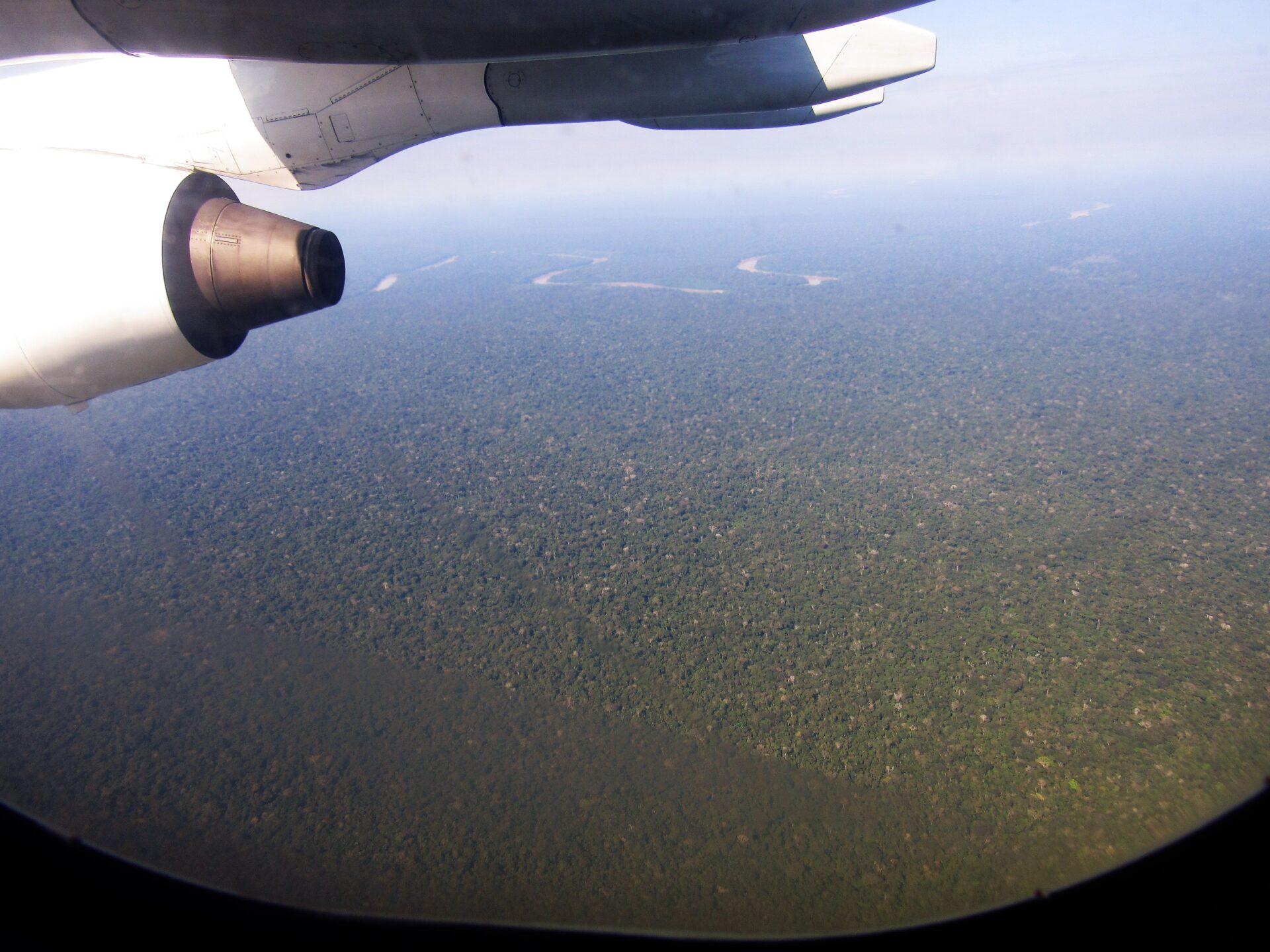We are looking for a candidate interested in applying for a predoctoral contract (FPU) for…

Project BOTROPANDES field work is over
“Far over the misty mountains cold”, that’s how the song sang by JRR Tolkien´s The hobbit dwarves said… and across similar mountains have travelled the researchers of the project BOTROPANDES to collect plants and data from The Andes tropical montane forests, since this project studies woody plants (trees, shrubs, lianas, ferns and palms) along altitude gradients (3000, 2000 and 1000 m) under a taxonomic, functional and evolutive scope.
The Project started in 2015, when fieldwork in Podocarpus National Park (Ecuador) was conducted, and continued during 2016 in Río Abiseo National Park (Perú) at 3000 and 2000 m. Nevertheless, logistical difficulties found in the last spot prevented us from ending the work in 2016 and forced to make a gap, being only few weeks ago when the fieldwork was definitively concluded after studying 1000 m altitude area.
 Left to right: study places; Podocarpus N.P (Ecuador); boat navigating Abiseo River at Río Abiseo N.P. (Perú).
Left to right: study places; Podocarpus N.P (Ecuador); boat navigating Abiseo River at Río Abiseo N.P. (Perú).
The work developed during long days has been enormous and has included plots installation, plants´ inventory and sampling for herbarium and functional data measurements purposes, canopy photos… in total we have inventoried more than 18000 specimens and collected more than 4200 samples! However, maybe the most amazing things have been the surrounding circumstances: explorations and work in very isolated areas where accessing requires 3 or 4 days from the nearest city, using mules to cross the Andean plateau, boats to navigate rivers and porters to carry material and staples; building up temporary camps where we uninterruptedly lived during 30 or 35 days -even up to 60 days in a campaign in Peru-, severe climatic conditions… As a reward, we had the privilege -reserved just for very few people- of working in pristine primary forests, founding very rare species (we trust few of them will be new for science) and gazed at breathtaking landscapes.
 Left to right: Gabriel Carvalho -white T- shirt- and Guillermo Bañares -orange raincoat-, PhD students at Universidad Rey Juan Carlos in Spain) exploring to install plots at Río Abiseo National Park in Peru; Guillermo taking canopy pictures; measurement of samples´ dry weight.
Left to right: Gabriel Carvalho -white T- shirt- and Guillermo Bañares -orange raincoat-, PhD students at Universidad Rey Juan Carlos in Spain) exploring to install plots at Río Abiseo National Park in Peru; Guillermo taking canopy pictures; measurement of samples´ dry weight.
Nowadays we are immersed on a challenge as huge or even more than fieldwork: measuring functional traits in the lab, identifying taxonomically the specimens and analyzing data. In this sense, we are very optimistic and eager to start publishing our results and conclusions soon, so we can contribute to the knowledge and conservation of tropical montane forests, ecosystems fascinating despite still quite unknown. ¡Keep you updated!



This Post Has 0 Comments